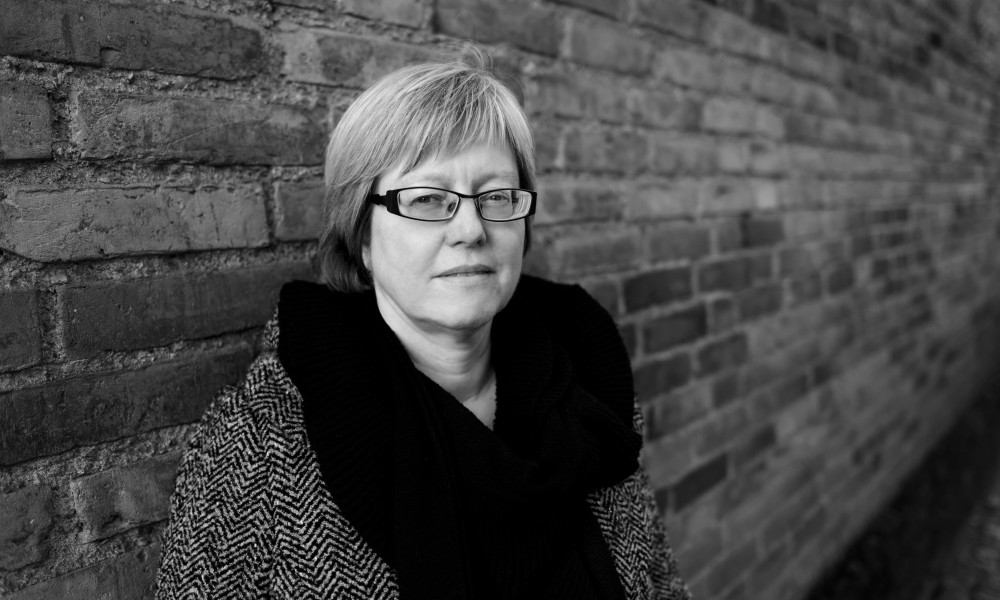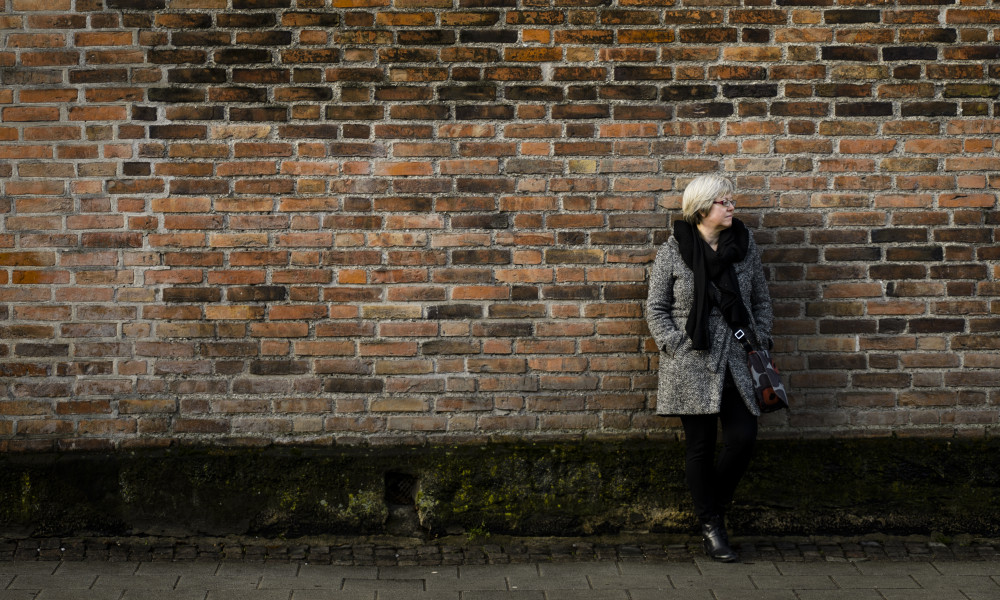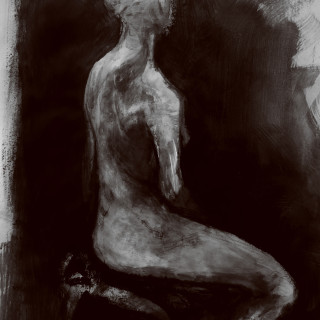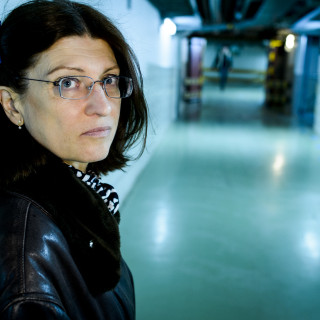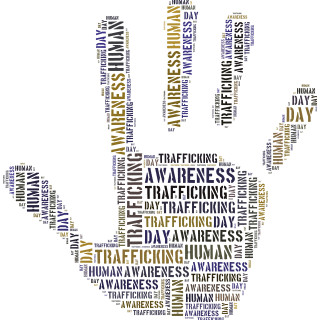What is a human life worth?
What is a human life worth? Most of us know instinctively that there is no answer to this question.
However, the fact is that in many poor countries, there is an answer of sorts. A person is worth what someone is willing to pay. The one who is sold has no choice; desperate and vulnerable adults are kidnapped or sell themselves more or less willingly. Bonded labour is rarely foreseeable but almost impossible to escape. Children are sold by their parents and relatives, or are simply stolen by gangs and never seen again.
Prostitution, forced labour or forced marriage. The outcomes of human trafficking vary, but the basic problems are always the same: poverty, inequality, powerlessness, desperation.
“There is a danger in starting to view trafficking in cultural terms”, says Reader Marina Svensson from the Centre for East and South-East Asian Studies at Lund University.
“The exact expression of the phenomenon may be the result of cultural and local conditions, but fundamentally it is always the same mechanisms involved.”
Marina Svensson is a China expert. The problem of trafficking in that country has been increasingly highlighted in recent years. In China, there are a number of underlying problems. Major migration from rural to urban areas raises the risk: migrant workers and their children are highly vulnerable. The one-child policy also contributes to the problem on a number of levels.
“In rural China, your children are your future. This is not only a result of the one-child policy; it is also deeply rooted in a patriarchal culture. A boy is simply worth more, and may be necessary to provide security in your old age. The one-child policy pushes this to an extreme. If you are only allowed one child, it is common for girls to be unwanted, and then human trafficking takes on pragmatic overtones.”
“Adult victims are often ashamed and unwilling to seek help.”
Girls are aborted, murdered in infancy, disappear, are given away or simply sold, for instance to gangs who exploit children as beggars. In the long run, this leads to a deficit of women for the men to marry, and they are ‘imported’ (often through trafficking or forced marriage) from neighbouring countries such as Burma, Mongolia, North Korea, Vietnam and Russia. Many attractive baby boys are also stolen and sold on the black market. Young disabled men have also ended up being forced into slavery.
“Adult victims are often ashamed and unwilling to seek help. If they manage to get away, they are often stigmatised for life.
“It is estimated that 85 per cent of victims of human trafficking in China are women and girls, and 15 per cent are men and boys”, says Marina Svensson.
In the article ‘Gendercide and the cultural context of sex trafficking in China’, which was published in Fordham International Law Journal in 2009, the authors chose to focus on the trafficking of women and girls. They claim that between 50 and 100 million women are missing in China, and that the majority of trade in women is handled by well organised gangs.
“There are no exact figures available”, says Marina Svensson.
The authorities in China are well aware of the problem and have invested large amounts in trying to tackle it through information campaigns and very severe punishments for those found guilty of human trafficking. However, it is difficult to gain a clear idea of the scale of the problem; no one knows just how bad the situation is…
Text: Vera Celander
Photo: Kennet Ruona
Published: 2014


